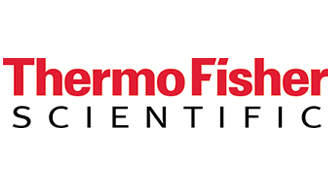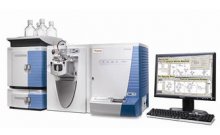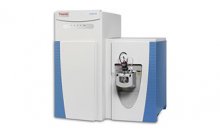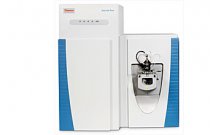利用TSQ Quantum Ultra系统FAIMS和H-SRM技术选择性改善药物尿液
摘要:
When developing LC-MS methods, reference standards are used to establish initial conditions. Applying these initial conditions to real-world biological samples presents significant challenges including reduced signal-to-noise ratio (S/N). Biological matrices add interferences and contribute to reduced method selectivity. Bioanalytical scientists have many tools to solve selectivity problems that arise during method development. The three common classes of tools include Mass Spectrometry (MS) Liquid Chromatography (LC), and sample preparation.
The easiest approach to increasing selectivity is changing the mass spectrometer parameters. On triple quadrupole mass spectrometers, changing parameters such as the ion-entrance voltages or m/z transitions may result in reduced sensitivity without an increase in selectivity.
The only MS parameter that offers increased selectivity without significant loss in sensitivity is highly-selective reaction monitoring (H-SRM). H-SRM is a unique feature resulting from the hyperbolic cross-section of the quadrupoles on the Quantum family of mass spectrometers.
The selectivity of the LC method may also be increased by changing the mobile phase (gradient, modifiers) and/or the stationary phase. These adjustments lead to the altering of all the associated method parameters (integration retention time window, column equilibration time, etc.) making this a time consuming endeavor. Modification of sample preparation procedures may include choosing between solid-phase extraction (stationary phase, wash and elute solvents), liquid-liquid extraction (extracting solvent, buffers) or simple solvent addition (protein precipitation, dilute-and-shoot). Revisiting sample preparation wastes time and resources because the samples are already prepared and available for analysis.
FAIMS is a new tool, available on the TSQ Quantum Ultra, for increasing LC-MS method selectivity. This interface is installed in the atmospheric pressure region between the ion source and the mass spectrometer, allowing three complementary dimensions of separation to in the analysis: LC, FAIMS, and MS. Ions produced by theH-ESI or APCI ionization source are sampled by the FAIMS device. These ions are then exposed to alternating high and low electric fields as they are pulled toward the mass spectrometer by a flow of gas. Behavior differences of the ions under the conditions of high and low electric field results in ion separation and an increase in selectivity. This application note describes the advantages of using LC, FAIMS and H-SRM on the TSQ Quantum Ultra to improve selectivity for bioanalysis, using norverapamil in human urine as an example.
仪器:
结论:
The increases in selectivity offered by the combination of FAIMS and H-SRM results in cleaner chromatograms and more easily and more reproducibly integrated chromatographic peaks. For the analysis of norverapamil in urine, the new method was developed without having to revert to modification of the LC method or sample preparation steps. The use of LC – FAIMS – H-SRM over LC – SRM reduced the chemical background and produced a five-fold increase in assay sensitivity.




